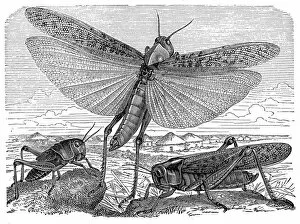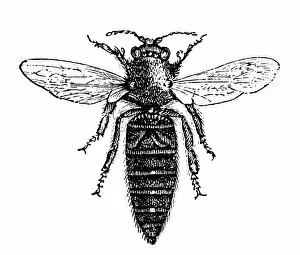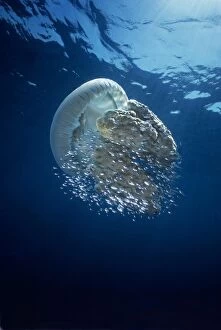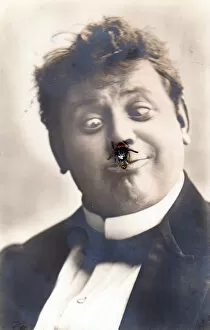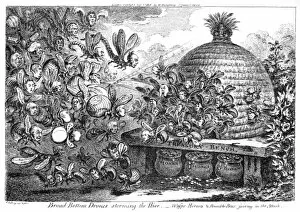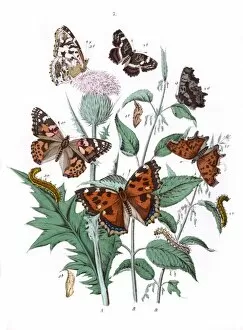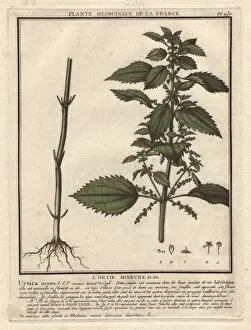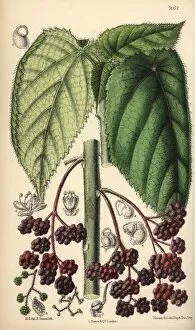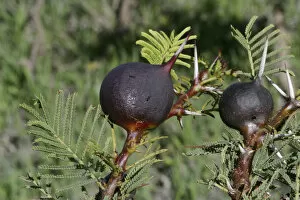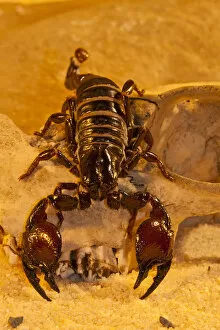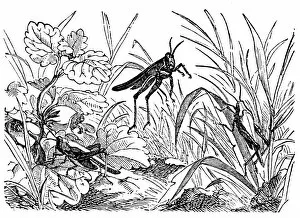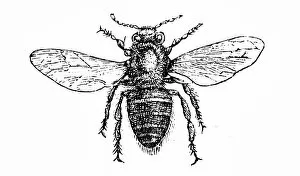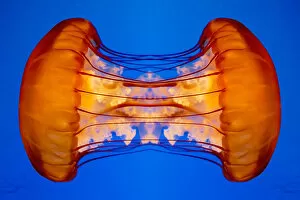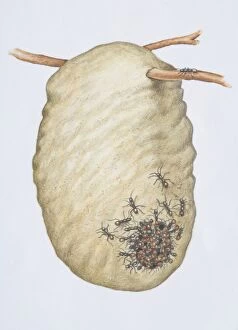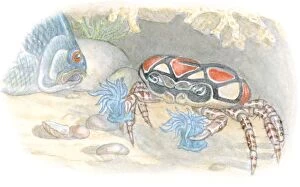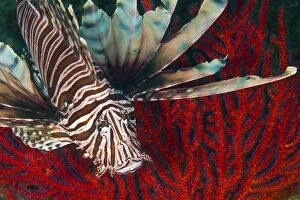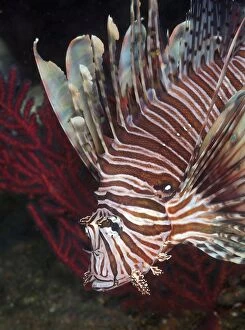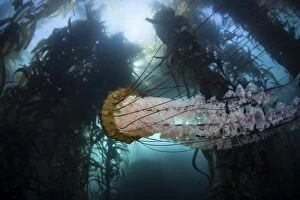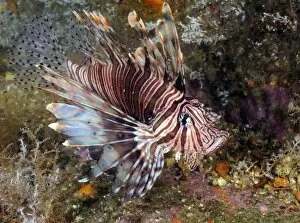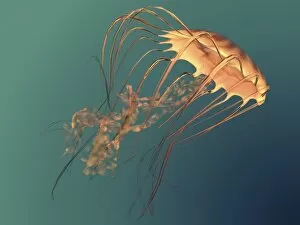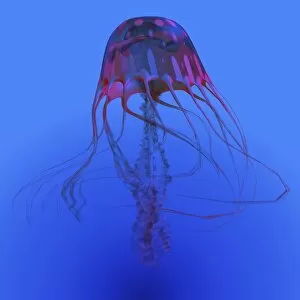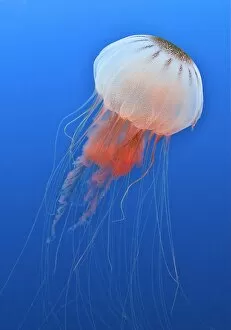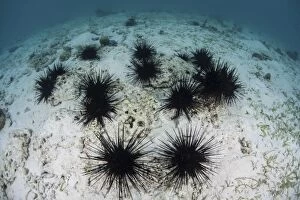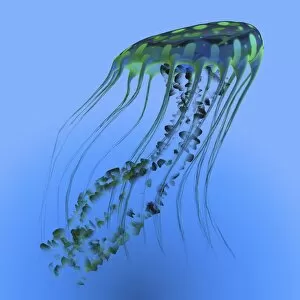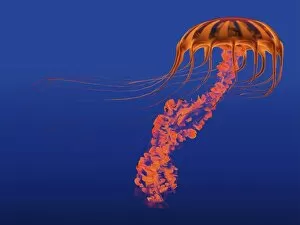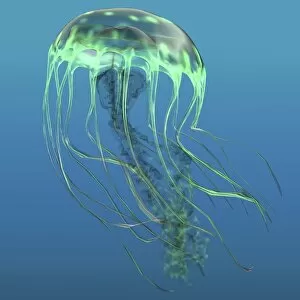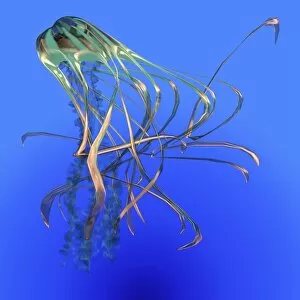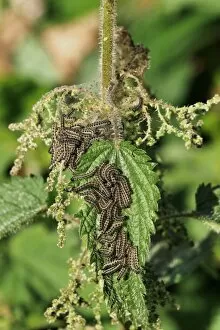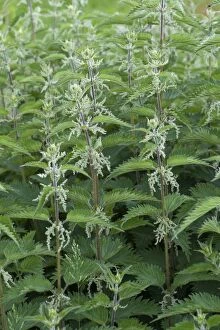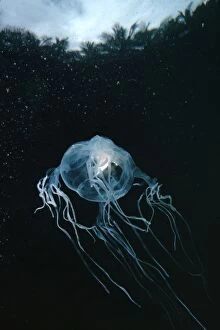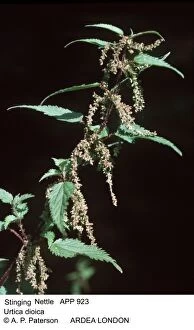Stinging Collection (page 2)
"Nature's Stinging Wonders: From Honey Bees to Coral Polyps" Buzzing with purpose
For sale as Licensed Images
Choose your image, Select your licence and Download the media
"Nature's Stinging Wonders: From Honey Bees to Coral Polyps" Buzzing with purpose, the Honey Bee (Apis mellifera) showcases its stinging prowess as it defends its hive against intruders. Delving into the intricate internal anatomy of a Honey Bee, we discover the fascinating cross-section that reveals its venomous stinger. In the vibrant depths of the Great Barrier Reef, a Twoband anemonefish navigates cautiously around the tentacles of anemones armed with their stinging cells. Under cover of night, a Coral polyp indulges in a feast on a polychaete worm, showcasing their carnivorous nature amidst Heron Island's thriving ecosystem. Picture No. 10767490 captures the mesmerizing sight of a Coral Polyp feeding on a fish under moonlit waters near Australia's Great Barrier Reef. Witnessing two Coral polyps engaged in an intense battle over a small fish during nighttime unveils their competitive nature and survival instincts at play. Amidst prickly landscapes, Cactus Paintings depict both beauty and danger as these plants defend themselves with tiny but potent stinging spines. The notorious Stinging Nettle (Urtica dioica) leaves no room for doubt about its name as unsuspecting passersby experience its painful sting upon contact. Transported back in time to Stendal, Germany, we witness how even horses were not spared from unexpected encounters with bees' stingers while farmers plowed fields using horse-drawn carts. Exploring Ernst Haeckel's "Kunstformen der Natur, " we encounter stunning Discomedusae - jellyfish species renowned for their elegant yet potentially dangerous trailing tentacles adorned with stinging cells.

